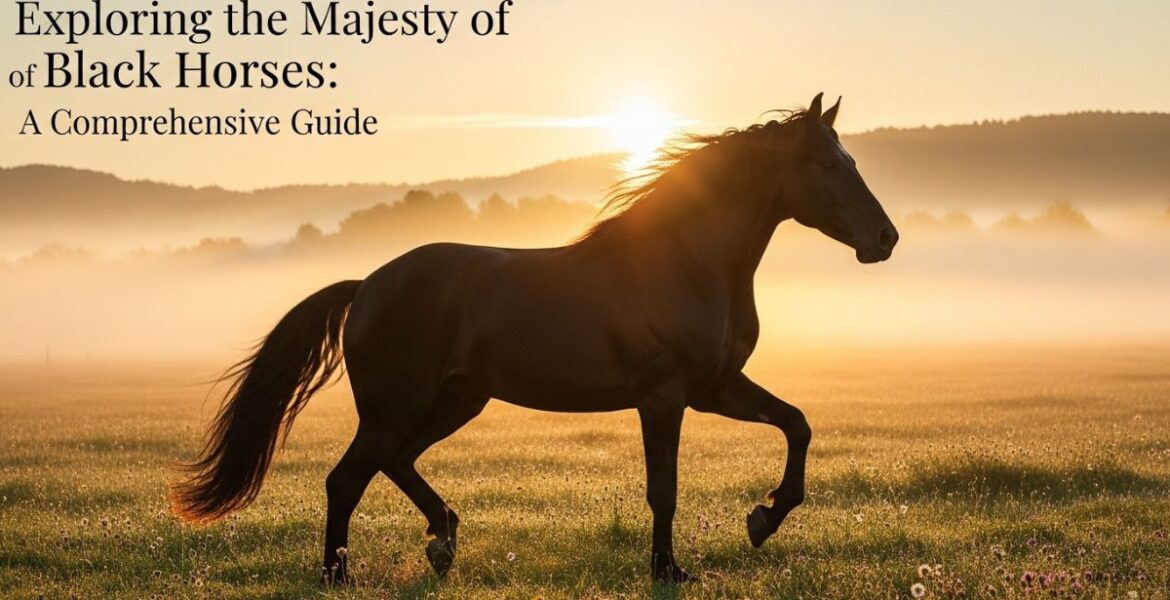Exploring the Majesty of bk horse: A Comprehensive Guide

When you think of majestic animals, the bk horse undoubtedly comes to mind. With their stunning presence and powerful physique, these incredible creatures have captured the hearts of many. Their fluid movements and striking appearance make them a favorite among equestrians and nature lovers alike. Whether galloping freely in open fields or standing proudly in a stable, bk horses embody grace and strength.
But there’s so much more to discover beyond their beauty. The history, traits, care needs, and unique bond they share with humans paint a fuller picture of what it means to be part of the world of bk horses. Join us as we embark on an exploration that delves into every aspect of these remarkable animals—each detail revealing why they hold such a special place in our lives!
History and Origins of BK Horses
BK horses have a rich and fascinating history. Their origins trace back to various regions known for equestrian excellence. These majestic animals were bred for strength, agility, and endurance.
Initially, BK horses served multiple purposes, from agriculture to warfare. Over time, their roles evolved as people began to appreciate them for leisure and companionship.
The breed’s lineage is often linked with ancient civilizations that valued the horse both as a working animal and a status symbol. This duality has shaped the BK horse into what it represents today: beauty combined with power.
Distinct breeding practices enhanced specific traits over generations. Each region contributed unique characteristics based on climate and terrain. The blend of these influences created the diverse array of BK horses we see now.
This historical tapestry adds depth to every meeting with these remarkable creatures, instilling respect among those who encounter them.
Unique Characteristics and Traits of BK Horses
BK horses stand out with their striking appearance and dynamic personality. Their sleek coats shimmer in the sunlight, showcasing a variety of colors that captivate any onlooker.
These horses possess an elegant, athletic build, combining strength and grace effortlessly. This makes them ideal for various disciplines ranging from dressage to jumping.
In addition to their physical traits, BK horses are known for their intelligence. They quickly adapt to new challenges and commands, making training a rewarding experience.
Their temperament is often described as friendly yet spirited. This balance allows them to bond closely with handlers while retaining the energy needed for performance.
Versatility is another hallmark trait of BK horses. Whether used in competitive sports or leisure riding, they excel across multiple arenas, demonstrating both power and finesse at every turn.
Caring for BK Horses: Diet, Exercise, and Grooming
Caring for a BK horse involves attention to their diet, exercise, and grooming needs. A balanced diet is crucial. High-quality hay, grains, and fresh water are essential for maintaining their health.
Regular exercise keeps them fit and happy. Daily rides or turnout in a pasture allows them to stretch their legs and socialize with other horses. Variety in activities can enhance their physical well-being.
Grooming is not just about cleanliness; it’s also vital for bonding. Regular brushing removes dirt and debris while promoting circulation. Pay attention to hooves too—regular cleaning prevents issues like thrush.
Monitoring your BK horse’s weight is important as well. Obesity can lead to various health problems that affect performance over time. Always consult with a veterinarian if you have concerns regarding nutrition or fitness levels for your horse.
Training and Riding Techniques for BK Horses
Training a BK horse requires patience and understanding. These majestic creatures respond best to gentle guidance. Start with basic groundwork to build trust.
Use positive reinforcement techniques, like treats or praise, when they perform well. This builds their confidence and strengthens your bond. Consistency in commands is vital for effective training.
When riding, focus on establishing clear communication through body language. A relaxed posture helps the horse feel safe and responsive. Practice different gaits in a calm environment before venturing into more challenging terrains.
Always remember that each BK horse has its unique personality and learning pace. Tailor your approach accordingly, adapting techniques as needed to suit their individual needs. Training should be an enjoyable experience for both you and your horse, fostering growth together on this journey of discovery.
Popular Breeds of BK Horses and Their Uses
BK horses encompass a variety of breeds, each with its unique flair and utility. One standout breed is the Arabian, known for its endurance and spirit. These horses excel in long-distance riding events.
The Thoroughbred is another popular choice, celebrated for speed and agility. They’re often seen racing on tracks but also shine in show jumping arenas.
Quarter Horses are famous for their versatility. They perform exceptionally well in rodeo sports and ranch work, making them invaluable to cowboys.
Another notable mention is the Andalusian horse. With their striking appearance and graceful movements, they are frequently used in dressage competitions across the globe.
Don’t overlook the Friesian horse; with its flowing mane and powerful build, this breed captivates audiences during exhibitions while serving as a reliable partner in various equestrian disciplines. Each breed contributes uniquely to the world of BK horses.
The Bond Between Humans and BK Horses: Therapy and Companionship
The bond between humans and BK horses is profound and transformative. These majestic creatures offer more than just companionship; they provide emotional support that can change lives.
Therapeutic riding programs are becoming increasingly popular, harnessing the unique connection shared between riders and their BK horses. The gentle nature of these animals creates a safe space for individuals to open up emotionally.
Many find solace in grooming or simply being near a BK horse. Their calming presence has been shown to reduce anxiety and promote healing in various therapeutic contexts.
Moreover, the responsibilities associated with caring for a horse foster a sense of purpose and routine, which can be incredibly beneficial for mental health. Each interaction builds trust, creating an unbreakable bond that enriches both human and equine lives alike.
Conclusion:
The world of BK horses is one filled with beauty, strength, and deep connections. Their rich history showcases their importance in various cultures and their evolution over time. Each breed possesses unique characteristics that make them stand out, whether it’s their physical traits or temperament.
Caring for a BK horse requires dedication. A balanced diet, regular exercise routines, and proper grooming are essential for ensuring they remain healthy and happy. Training techniques vary widely but can lead to an incredibly rewarding experience for both horse and rider.
The bond formed between humans and these magnificent creatures often transcends mere companionship; many find therapeutic value in spending time with BK horses. They offer not just a mode of transport or sport but also emotional support that can be life-changing.
You may also like

Unveiling the Mystique: Exploring the Concept of aurö

The Evolution of ombudsmanner ship: A Historical Perspective

Leave a Reply